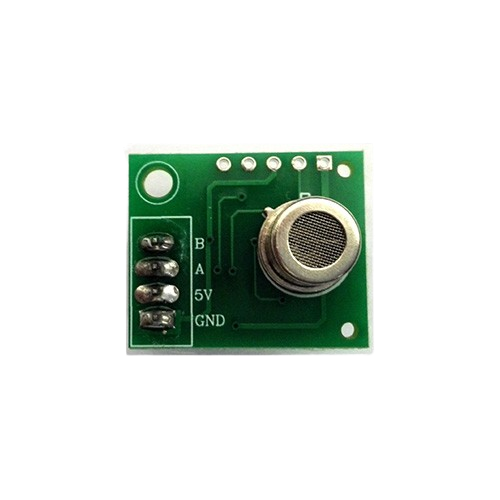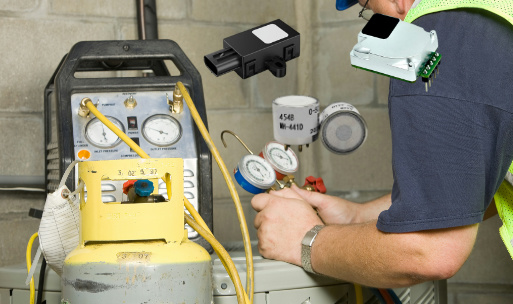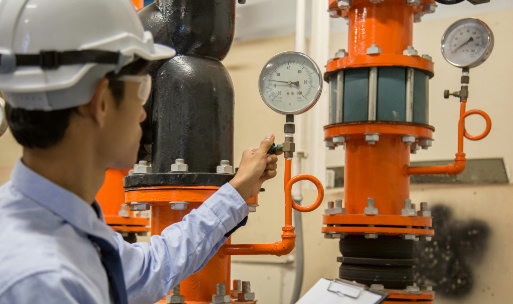Pet Odor Monitoring: A Smart Solution to a Common Household Challenge
In recent years, pet ownership has surged globally as more individuals and families seek the companionship and emotional comfort that pets provide. Dogs, cats, rabbits, and other domesticated animals have become cherished family members in millions of homes. However, alongside the joy of having pets comes a common challenge — pet odor.
Pet odors can stem from various sources such as waste, fur, saliva, litter boxes, and even from food residue. If not addressed effectively, these odors not only cause discomfort but may also indicate underlying hygiene or health issues. Conventional deodorizing solutions may provide temporary relief, but they rarely offer a proactive approach to odor detection and management.
With the advent of smart home technologies, there’s a growing demand for intelligent solutions that not only detect odors but also communicate this data to users in real-time. This is where the ZP150 Odor Detection Module comes in — a cutting-edge sensor designed specifically for pet odor monitoring.

The Challenge of Pet Odors
Understanding the complexity of pet-related odors is key to developing effective monitoring and management systems. Here are some common sources of pet odors:
-
Litter Boxes: The accumulation of urine and feces in litter boxes is a primary cause of strong ammonia-like smells.
-
Pet Fur and Dander: Pets shed fur and skin cells that can collect in fabrics and on floors, developing a musty smell over time.
-
Saliva and Sweat: Dogs and cats often groom themselves, leaving behind saliva. Sweat glands in paw pads also contribute to body odors.
-
Pet Food: The smell of uneaten or spoiled pet food can linger around feeding areas.
-
Accidents: Especially with young or elderly pets, occasional accidents can lead to strong and persistent odors.
Traditional odor control solutions—such as sprays, scented candles, or air purifiers—merely mask the smell. What’s truly needed is an intelligent detection system that can identify the presence of specific odor-causing gases and alert the owner before the smell becomes overwhelming.
The Rise of Smart Odor Monitoring
Technological advancements in semiconductor gas sensors, digital communication, and smart home integration have enabled a new era of environmental monitoring tools. Smart sensors can now:
-
Detect specific volatile organic compounds (VOCs)
-
Monitor changes in air quality over time
-
Communicate data through digital interfaces like UART
-
Trigger external devices such as air purifiers or ventilators
-
Send alerts to smartphones or home automation systems
These capabilities are being used in everything from industrial safety to food preservation. Now, they’re entering the pet care space with innovations like the ZP150 Odor Detection Module, specially designed for pet odor monitoring applications.
ZP150: An Overview of a Purpose-Built Odor Detection Module
The ZP150 Odor Detection Module by Winsen is engineered specifically for environments with pet-related odor sources. It features a flat-surface semiconductor gas sensor that exhibits excellent sensitivity and stability across a wide range of gases, many of which are directly related to pet odor generation.
Key Gases Detected:
-
Hydrogen Sulfide (H₂S) – Commonly found in decaying waste materials.
-
Ammonia (NH₃) – A major component of urine, especially in litter boxes.
-
Alcohols and Volatile Organic Compounds (VOCs) – Present in cleaning agents, pet products, and bodily secretions.
-
Smoke – Useful in detecting the presence of environmental smoke that may affect pet health.
-
Formaldehyde and Benzene – VOCs that may appear in synthetic pet bedding or toys.
-
Carbon Monoxide – Useful for overall indoor air safety.
-
Essence – Fragrance compounds from sprays or deodorizers.
This comprehensive detection range makes the ZP150 module not only suitable for pet odor monitoring but also valuable for overall air quality assessment in pet environments.
Core Features and Specifications
Features:
-
High Sensitivity: Capable of detecting trace levels of various gases.
-
Excellent Long-Term Stability: Reliable performance over extended use.
-
Pre-Calibrated: Shipped with factory calibration for plug-and-play integration.
-
Long Lifespan: Built with durable materials for prolonged sensor life.
-
Cost-Effective: Combines performance with affordability for wide-scale adoption.
-
UART Digital Output: Ensures easy integration into digital systems like microcontrollers or IoT devices.
Technical Specifications:
| Parameter | Specification |
|---|---|
| Model | ZP150 |
| Detection Gases | H₂S, NH₃, alcohols, VOCs, smoke, formaldehyde, benzene, CO, hydrogen, essence |
| Interface | XH2.54-4P Terminal |
| Range | 0–5 ppm |
| Resolution | 0.05 ppm |
| Voltage | 5.0 ± 0.2V DC |
| Output | UART (5V) |
| Current | ≤70mA |
| Warm-up Time | ≤3 minutes |
| Operating Temperature | 0–50°C |
| Operating Humidity | ≤95% RH |
| Storage Temperature | -20–60°C |
| Storage Humidity | ≤60% RH |
Real-World Applications of the ZP150 in Pet Environments
The ZP150 module is incredibly versatile and can be incorporated into various pet care devices. Here are some practical implementations:
Smart Air Cleaners
Integrated into air purifiers placed in pet areas, the ZP150 can detect odor-causing gases and automatically adjust the fan speed or activate deodorizing functions.
Smart Cat Litter Boxes
The module can sense when ammonia levels rise due to waste accumulation, triggering an automatic cleaning cycle or sending a notification to the pet owner via an app.
Smart Pet Houses
In enclosed environments like dog houses or travel crates, the sensor can ensure adequate ventilation by detecting rising VOC levels or pet body odors.
Pet Deodorizers
Standalone deodorizers can use the ZP150 to trigger deodorant sprays or activate carbon filters only when needed, saving energy and materials.
Air Quality Monitors
Pet-friendly air quality monitoring devices can display real-time gas levels, helping owners take preventive action before the smell becomes noticeable.
Advantages Over Competing Solutions
Many odor sensors on the market are not optimized for pet-related applications. They either:
-
Have limited sensitivity to ammonia or hydrogen sulfide
-
Are not calibrated and require extensive tuning
-
Lack digital output support for smart integration
-
Are too bulky or expensive for consumer use
The ZP150 module overcomes these challenges with its compact design, high accuracy, and UART communication, making it an ideal component for modern smart pet devices.
The Future of Pet Odor Management
As pet ownership becomes more common, and as smart home ecosystems grow more sophisticated, the demand for automated, intelligent odor management will continue to rise.
We envision a future where:
-
Pet care robots can clean litter automatically based on real-time sensor readings.
-
Air purifiers dynamically adapt to odor levels.
-
Pet owners receive instant alerts if indoor air becomes unhealthy.
-
Smart homes integrate pet odor sensors with HVAC and home automation systems.
The ZP150 Odor Detection Module is perfectly positioned to be at the heart of these innovations, offering a blend of precision, simplicity, and affordability.
Conclusion
The problem of pet odor is real, persistent, and deeply tied to both pet health and human comfort. Traditional methods fall short because they treat the symptom, not the cause. By using advanced gas detection technology such as the ZP150 Odor Detection Module, manufacturers and developers can create intelligent products that monitor, detect, and respond to odors in real time.
Whether it’s in smart litter boxes, air purifiers, or pet houses, the ZP150 enables a new level of hygiene and convenience for pet owners. Its high sensitivity, digital output, and proven stability make it a valuable asset in the development of modern, odor-aware pet care solutions.
With the integration of modules like ZP150, we are not only addressing odor — we are elevating the standard of living for pets and their owners alike.





